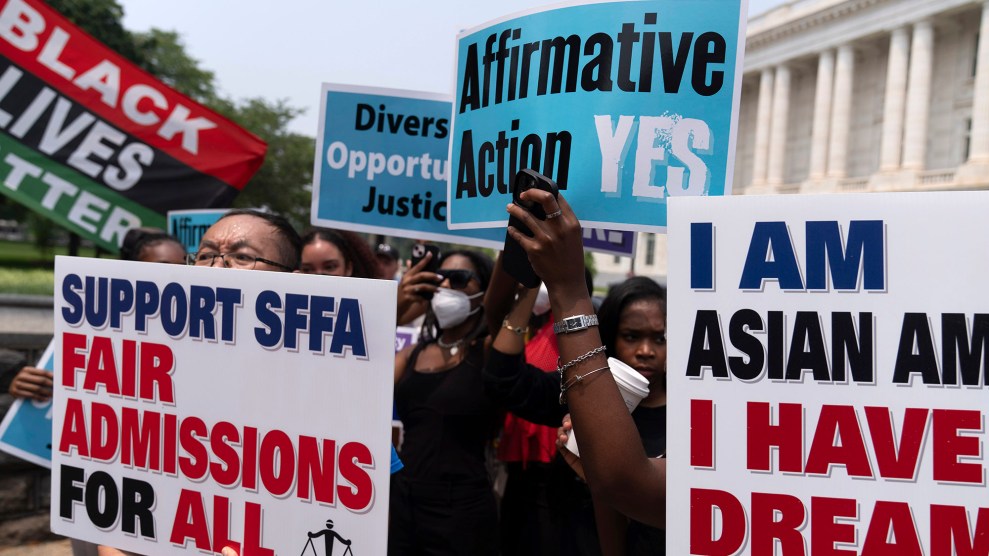Ezra Klein puts up a few nice charts and graphs showing that, relatively, the retirement of the Baby Boomer generation simply isn’t going to be the devastating demographic shift that many pundits make it out to be. Good stuff; and as a bonus, here’s my favorite way to put the so-called “old-age crisis” in context. As we’ve heard many times, the future unfunded increases in spending associated with the aging of the population are going to require a tax hike of about 6.5 percent of GDP to close the gap. (Personally, I think it will be much less than that, since the problems with both Social Security and Medicare are wildly overstated, but let’s say 6.5 percent.)
That sounds like a lot, but it’s hardly unprecedented. Between 1950 and 1952, note, the federal tax burden jumped suddenly from 14.4 percent to 19 percent as a result of the Korean War, a leap in defense spending that was more or less permanent for the duration the Cold War. Now that increase came in just a few years—rather than gradually over decades, as would be the case to pay for Social Security and Medicare—and it was entirely manageable. The economy didn’t implode. Life went on.
It would be nice to figure a way to curtail the cost of health care in the future, and obviously a lower tax burden is better than a higher one whenever possible, but even in the worst case, we’re not talking about Armageddon here. We wouldn’t even be up to European levels of taxation. As Max Sawicky has gone over in gruesome detail, bringing federal revenues back up to around 20 percent of GDP—only slightly higher than the long-term historical average—is perfectly adequate to maintain current spending levels and keep our debt ratios sustainable. Beyond that, thanks to the magic of productivity, those “overtaxed” Americans of the future will still be much richer in real terms than people are today. Slicing up a bit more of all that extra pie to ensure that the workers who brought this country to where it is today can have a decent retirement is a perfectly sensible way to go.













